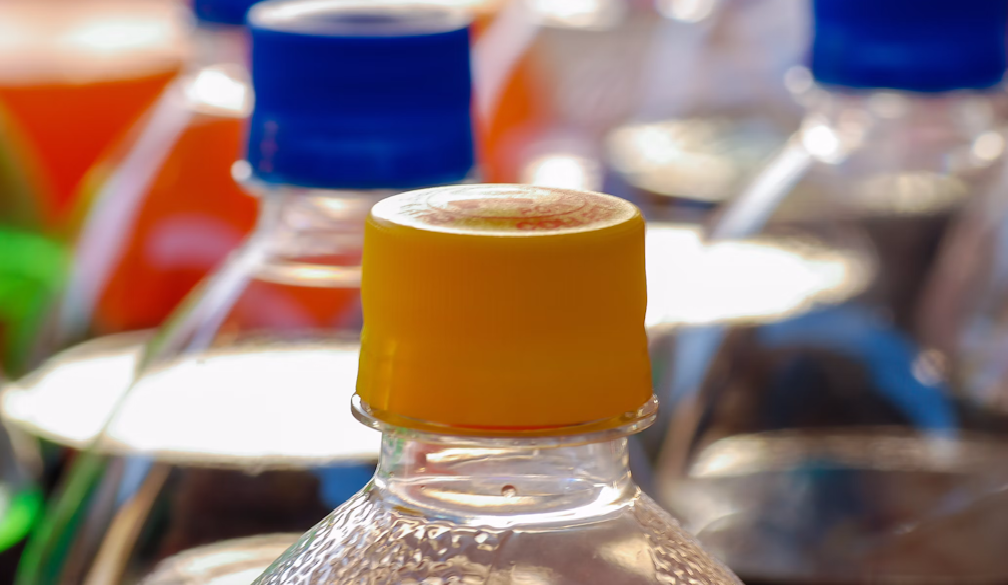How Bottle Capping Impacts Product Shelf Life and Safety

In the world of beverage, pharmaceutical, and food manufacturing, the smallest components can play a surprisingly large role in product quality. One such component is the bottle cap. While it may appear to be just a finishing touch, bottle capping is actually a critical process that directly affects both shelf life and consumer safety. From sealing in freshness to preventing contamination, the cap does far more than meet the eye.
The Role of Bottle Capping in Shelf Life
Effective bottle capping is essential to preserving a product’s shelf life. Whether you're bottling juices, sauces, cosmetics or cleaning agents, a properly sealed cap prevents oxygen, moisture, and bacteria from entering the container. These external elements can accelerate spoilage, alter taste or consistency, and ultimately shorten the product’s usability window.
For carbonated beverages, an airtight seal is even more crucial, as it retains carbonation and prevents flatness. In the case of products containing active ingredients—such as pharmaceuticals or nutritional supplements—a secure cap helps maintain chemical stability over time, ensuring that customers receive the full benefit of the product as intended.
Safety Starts at the Seal
When it comes to consumer safety, bottle capping is the first line of defence. Tamper-evident caps and induction seals serve to reassure consumers that the product hasn’t been opened or compromised. This is especially important for items like medicines and baby food, where product integrity can be a matter of health and wellbeing.
A poorly capped bottle could lead to leaks, cross-contamination, or even harmful exposure to air and microbes. In regulated industries, inadequate sealing may not only result in product recalls but also legal consequences and damage to brand reputation.
The Importance of Consistency in Capping
Manual capping may be suitable for small batches, but as production scales up, so too does the need for consistent, high-quality capping solutions. Automation minimises the risk of human error and ensures each bottle receives uniform torque, seal pressure, and closure fit.
This is where reliable bottling equipment becomes essential. Companies like Rentafill provide access to commercial-grade capping machines tailored to different cap types and product lines. Whether you’re in the early stages of production or expanding a well-established operation, Rentafill offers flexible solutions to help ensure your packaging meets the highest standards for safety and shelf life.
Matching the Cap to the Product
Not all caps are created equal. Screw caps, snap-ons, flip tops, and child-resistant closures each serve specific functions. The right capping choice depends on factors such as viscosity of the product, container type, end-user needs, and regulatory requirements. A mismatch between product and cap can result in poor sealing performance, leaks, or even user frustration.
It’s also vital to consider material compatibility. Some caps include liners that enhance the seal, while others are designed to resist chemicals, heat, or pressure. Choosing the appropriate capping technology—and pairing it with precision equipment—is key to maintaining product safety from the factory floor to the consumer’s hands.
Bottle capping may be one of the last steps in the packaging process, but it’s certainly not the least important
It plays a pivotal role in safeguarding product integrity, extending shelf life, and ensuring consumer trust. Investing in the right capping equipment and processes isn’t just about efficiency—it’s a fundamental aspect of product quality control.




